Swedell Students
and Postdocs

Megan Henriquez
Doctoral Candidate, CUNY Graduate Center
Megan’s PhD project focused on parasite ecology in capuchin monkeys (Cebus imitator). She aimed to assess how social factors, individual physiological characteristics, and environmental factors interact to shape patterns of gastrointestinal parasite transmission and infection patterns. Megan was co-supervised by Dr. Amanda Melin at the University of Calgary, where she conducted her labwork. Prior to her PhD work, Megan analyzed a spatial ecology data set derived from wild hamadryas baboons in Ethiopia as part of the Filoha Hamadryas Project. Her analyses revealed that hamadryas home ranges are far larger than previously thought, and the largest among nonhuman primates!
Henriquez et al. 2021: https://doi.org/10.1002/ajp.23248
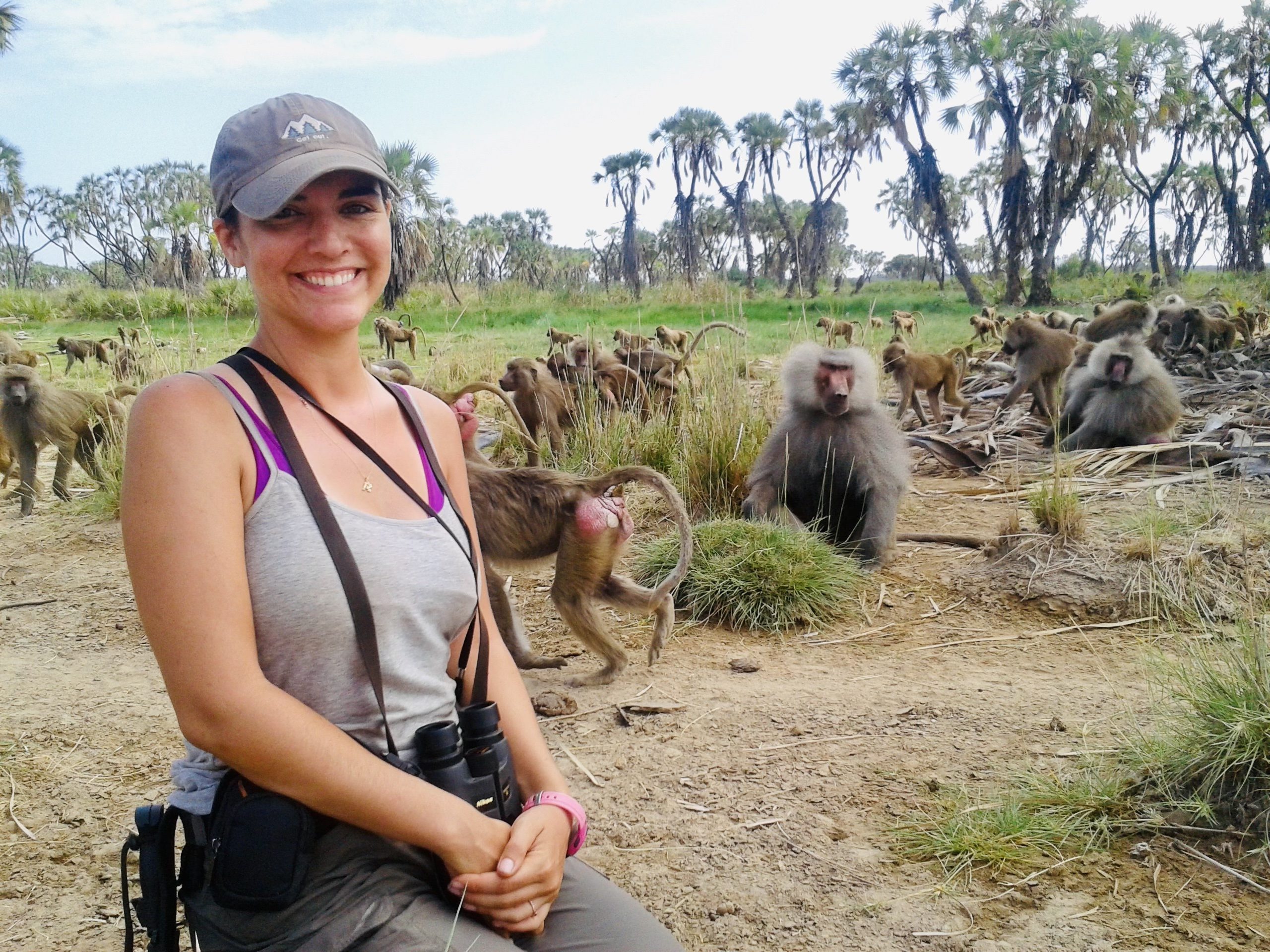
Alexis Amann
Doctoral Candidate, CUNY Graduate Center
Alexis studied hormonal correlates of behavior, specifically glucocorticoids, in hamadryas baboons as part of the Filoha Hamadryas Project. Her project examined the factors that shape variation in fecal glucocorticoid concentrations among both males and females in wild hamadryas baboons at Filoha, Ethiopia.
Amann et al. 2017: https://doi.org/10.1002/ajp.22649
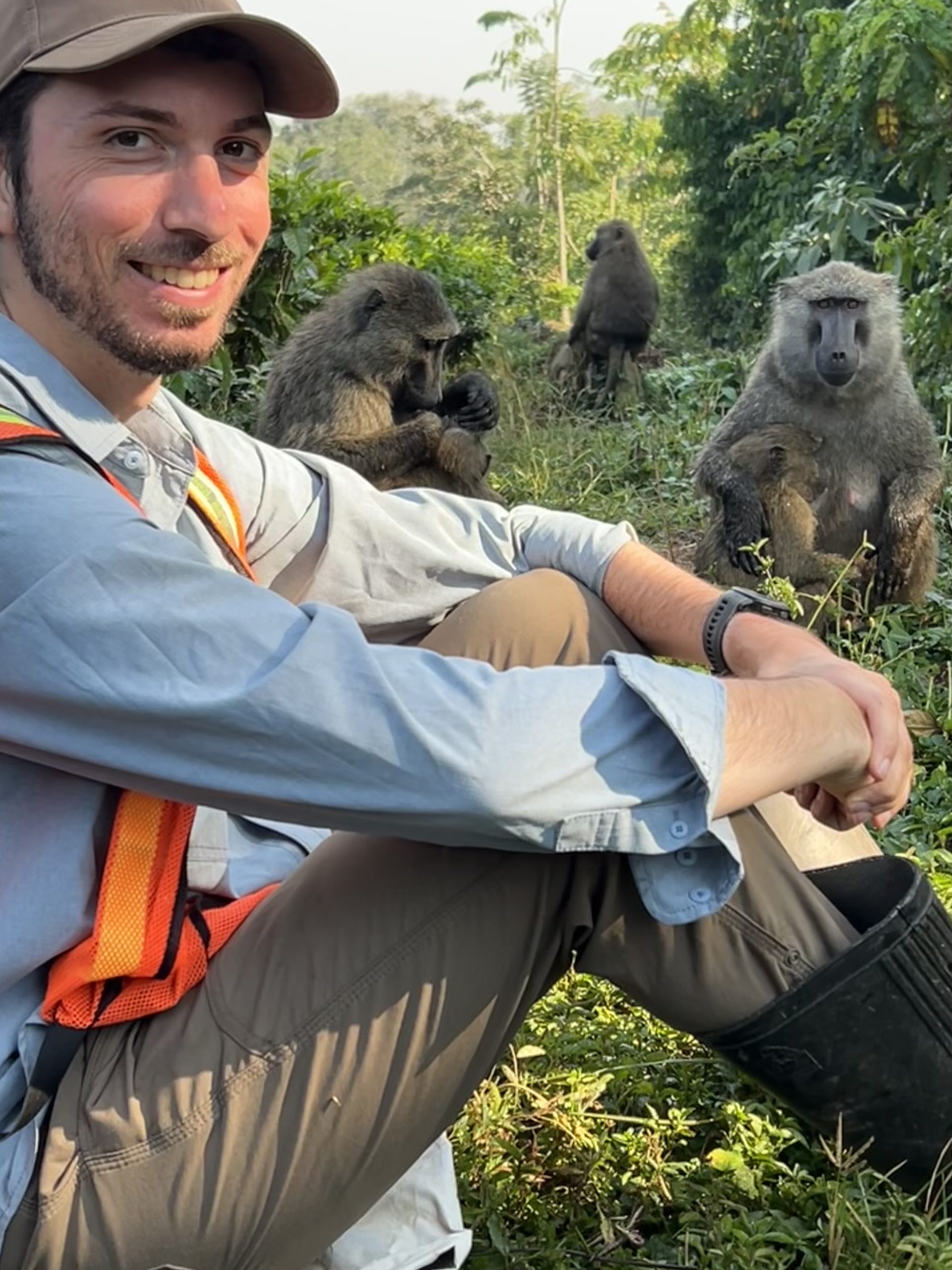
Louis Gorgone
PhD Student, CUNY Graduate Center
Louis plans to study the behavioral ecology of wild olive baboons (Papio anubis) in Kibale National Park, Uganda. This project is being conducted in collaboration with Dr. Jessica Rothman of Hunter College–CUNY. This is the same population of forest-living olive baboons that was studied by Caley Johnson (see below).
Website: https://www.louisgorgone.com
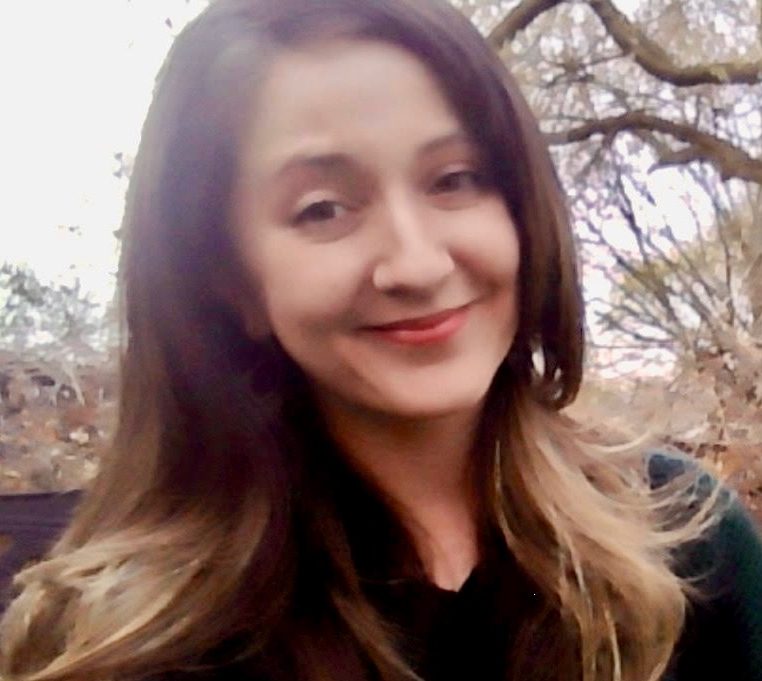
Katarina Evans
PhD, CUNY Graduate Center, 2024
Katarina’s PhD project focused on the evolution of the socio-sexual pair bond in hamadryas baboons. Using data from both wild and captive baboons, she studied the behavioral elements maintaining these pair bonds, i.e., male coercion and female compliance. She also assessed the fitness correlates of the morphological traits of the hamadryas male that likely also contribute to the formation and maintenance of these bonds. Her project is the first to provide evidence for sexual selection of a secondary sexual trait in hamadryas baboons.
Evans et al. 2022: https://doi.org/10.1016/j.jhevol.2022.103151
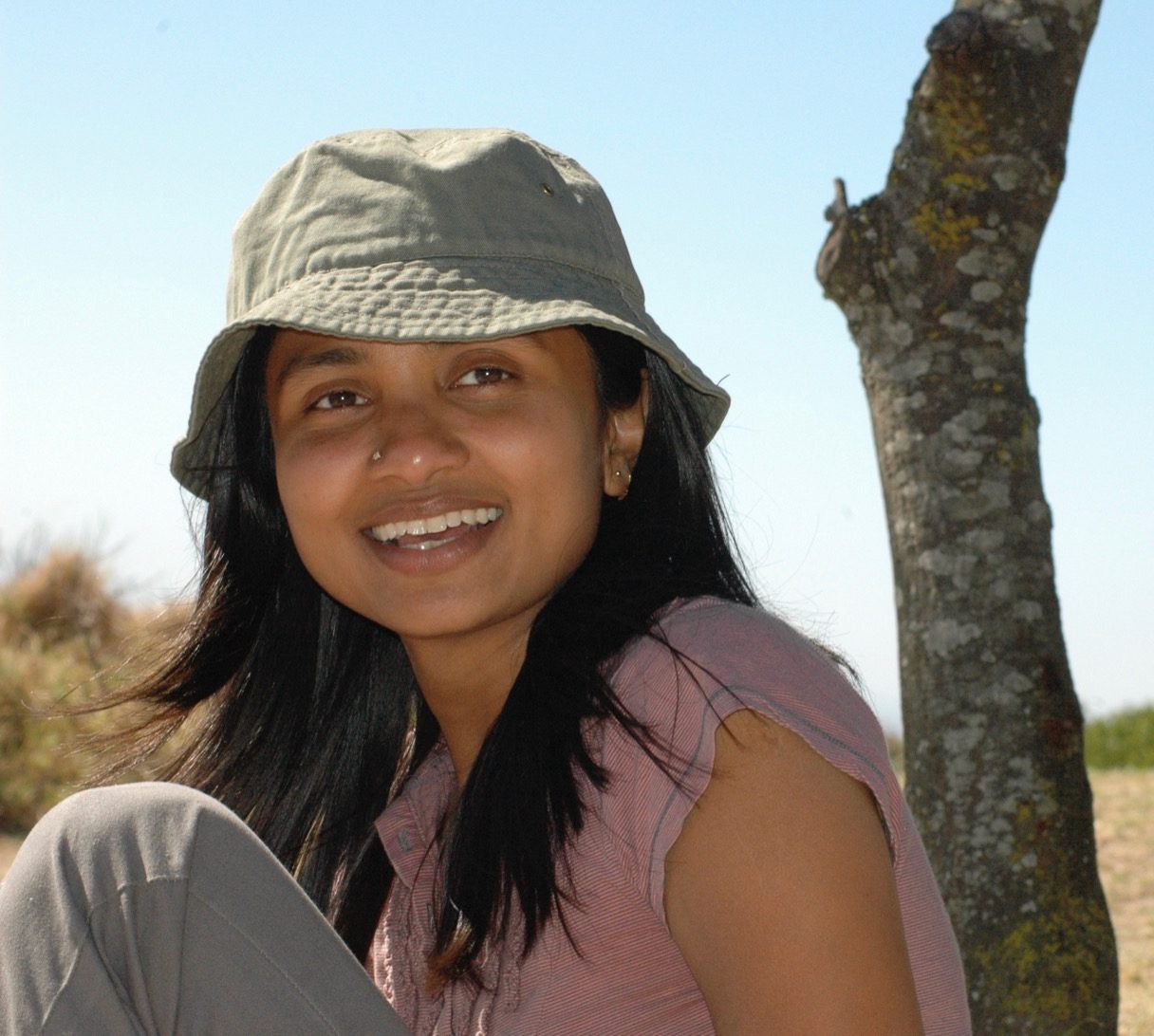
Shahrina Chowdhury
Assistant Professor, Brooklyn College, CUNY
PhD, CUNY Graduate Center 2018
Shahrina’s PhD research focused on the effects of social, environmental, and anthropogenic stressors on physiological and behavioral indicators of stress in female chacma baboons inhabiting the Tokai section of Table Mountain National Park and surrounding areas south of Cape Town, South Africa. Concurrent with her PhD and now as post-doctoral work, Shahrina studies the social behavior and socioendocrinology of hamadryas baboons as part of the Filoha Hamadryas Project, currently serving as its co-director along with myself.
Chowdhury et al. 2015: https://doi.org/10.1002/ajpa.22804
Pines et al. 2015: https://doi.org/10.1002/ajp.22309
Chowdhury et al. 2020: https://doi.org/10.1093/conphys/coaa066
Habig et al. 2021: https://doi.org/10.1016/j.ijppaw.2021.03.012
Chowdhury et al. 2021: https://doi.org/10.1016/j.yhbeh.2021.105020
Dezeure et al. 2024: https://doi.org/10.24072/pcjournal.464)
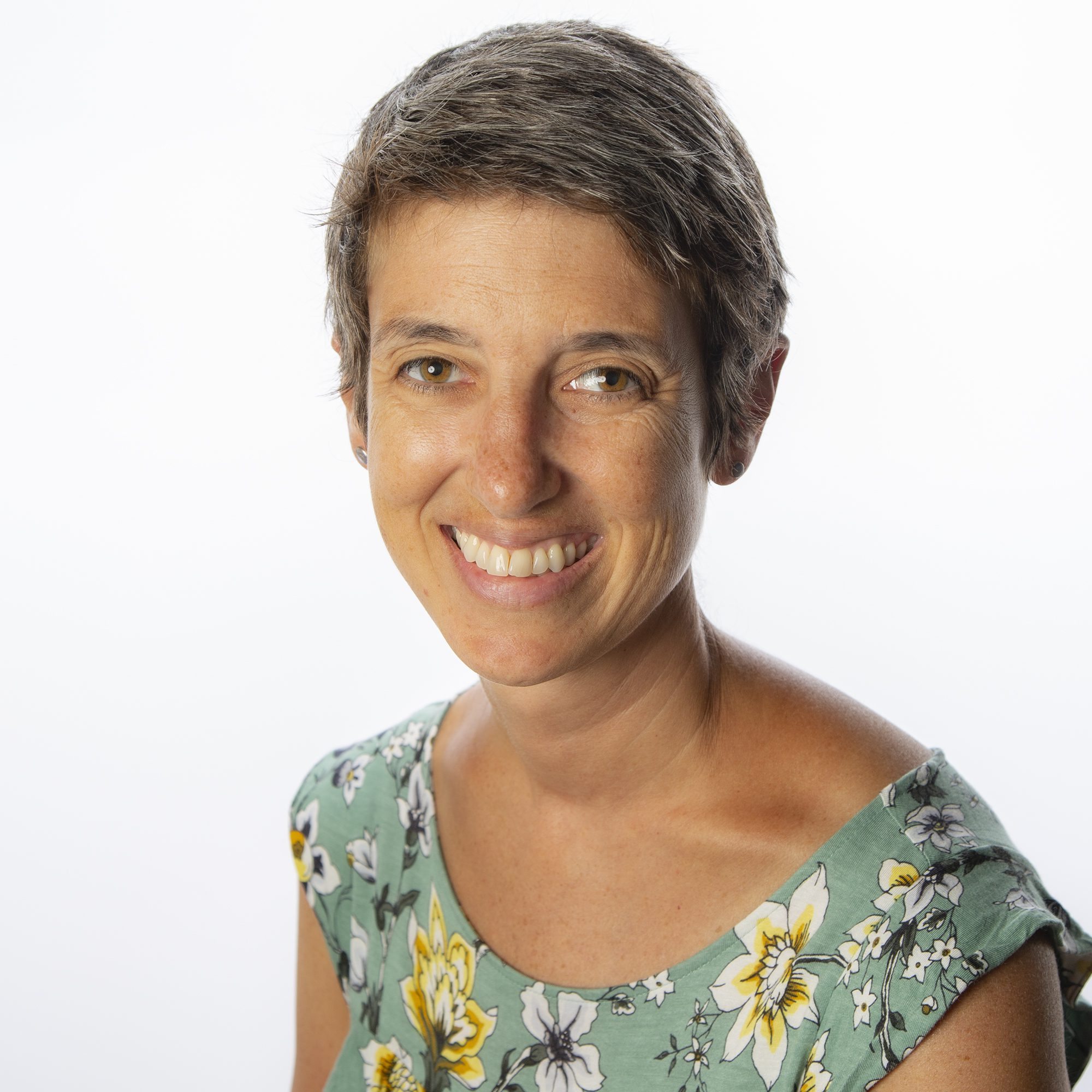
Amy Schreier
Associate Professor, Regis University
PhD, CUNY Graduate Center 2009
The evolution of the hamadryas social system has often been attributed to the scarce and widely dispersed distribution of resources in their habitats, but prior to Amy’s work an association between food availability and social structure in hamadryas baboons had never been demonstrated. Amy’s PhD research was the first to quantify the distribution and abundance of resources in the home range of Band 1 at Filoha, over space and time, as well as the first to systenatically investigate the relationship between resource availability and changes in the hamadryas multi-level society, home range use, and travel patterns.
Schreier & Swedell 2008: https://doi.org/10.1002/ajp.20465
Schreier & Swedell 2009: https://doi.org/10.1002/ajp.20736
Schreier 2010: https://doi.org/10.1159/000316562
Schreier & Swedell 2012a: https://doi.org/10.1002/ajpa.22076
Schreier & Swedell 2012b: https://doi.org/10.1007/s10764-011-9572-1
Schreier et al. 2019: https://doi.org/10.1002/ajp.23029
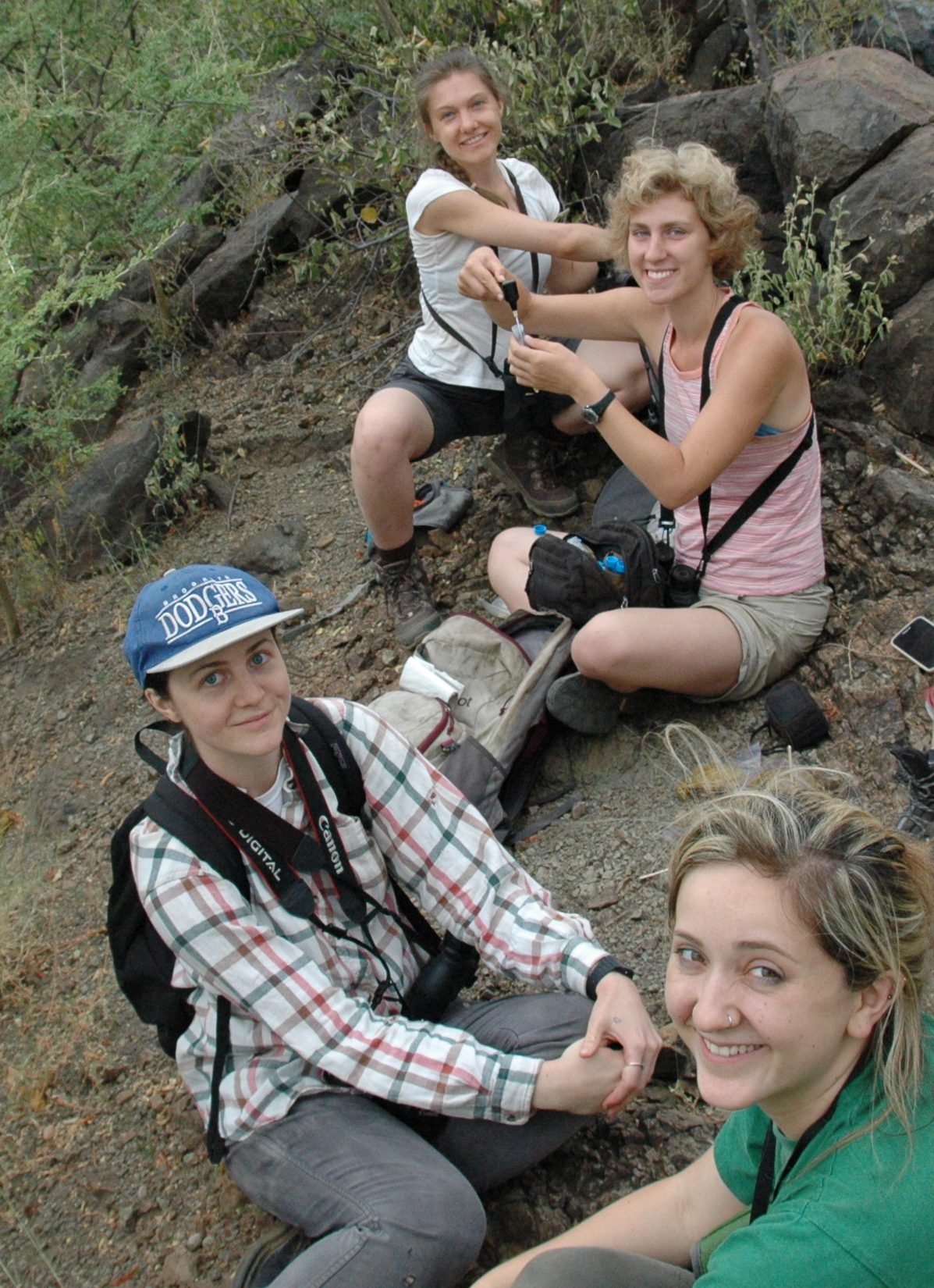
Caley Johnson
Doctoral Candidate, CUNY Graduate Center
(co-supervised with Dr. Jessica Rothman, Hunter College, CUNY)
Caley’s PhD research focused on the nutritional ecology of olive baboons (Papio anubis) in Kibale National Park in Uganda. Prior to her PhD research on olive baboons, Caley studied the nutritional ecology of chacma baboons in the Tokai Section of Table Mountain National Park south of Cape Town, South Africa.
Johnson et al. 2012: https://doi.org/10.1111/j.1365-2028.2011.01316.x
Johnson et al. 2013: https://doi.org/10.1371/journal.pone.0070383

Angela van Doorn
PhD, University of Cape Town 2009
(co-supervised with Dr. Justin O-Riain, University of Cape Town)
Angela’s PhD research focused on a comparison of two troops of chacma baboons in the Cape Peninsula of South Africa. She studied the habitat use, activity patterns and diet of the two troops in the context of seasonal variation and the behavior of “baboon monitors” employed by local wildlife management to reduce human-wildlife conflict.
van Doorn et al. 2010: https://doi.org/10.1002/ajp.20759
van Doorn & O’Riain 2019: https://doi.org/10.1002/ajp.23164
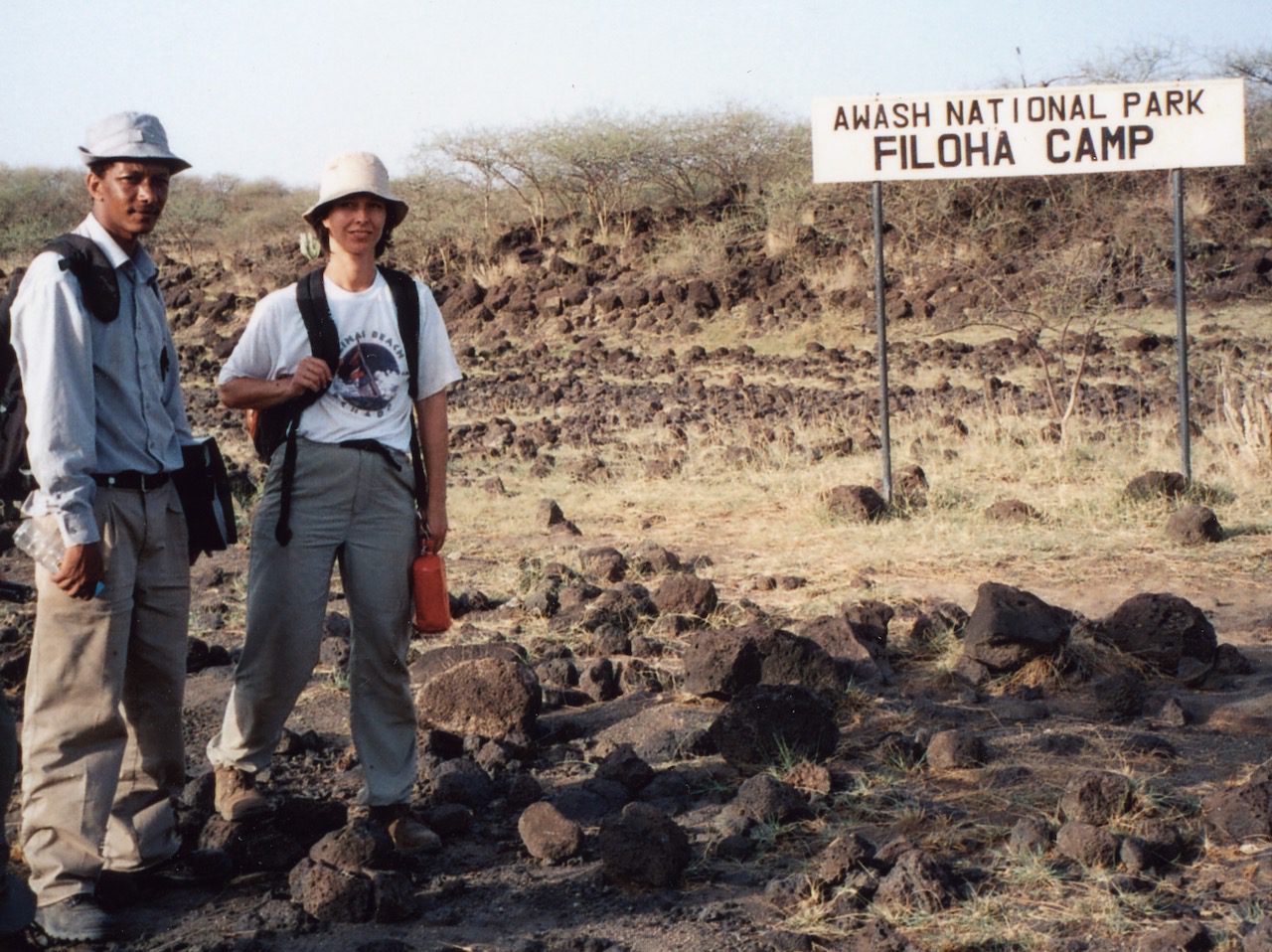
Getenet Hailemeskel
Getenet was the Filoha Hamadryas Project’s local counterpart at the Ethiopian Wildlife Conservation Authority in the early 2000’s. He collected data on hamadryas feeding ecology at Filoha in 2001-2002, which led to the first publication from Filoha on the diet of hamadryas baboons. Getenet was a PhD student in the CUNY Doctoral Program in 2003-2004, but left the program in Fall 2004.
Swedell et al. 2008: https://doi.org/10.1159/000164431
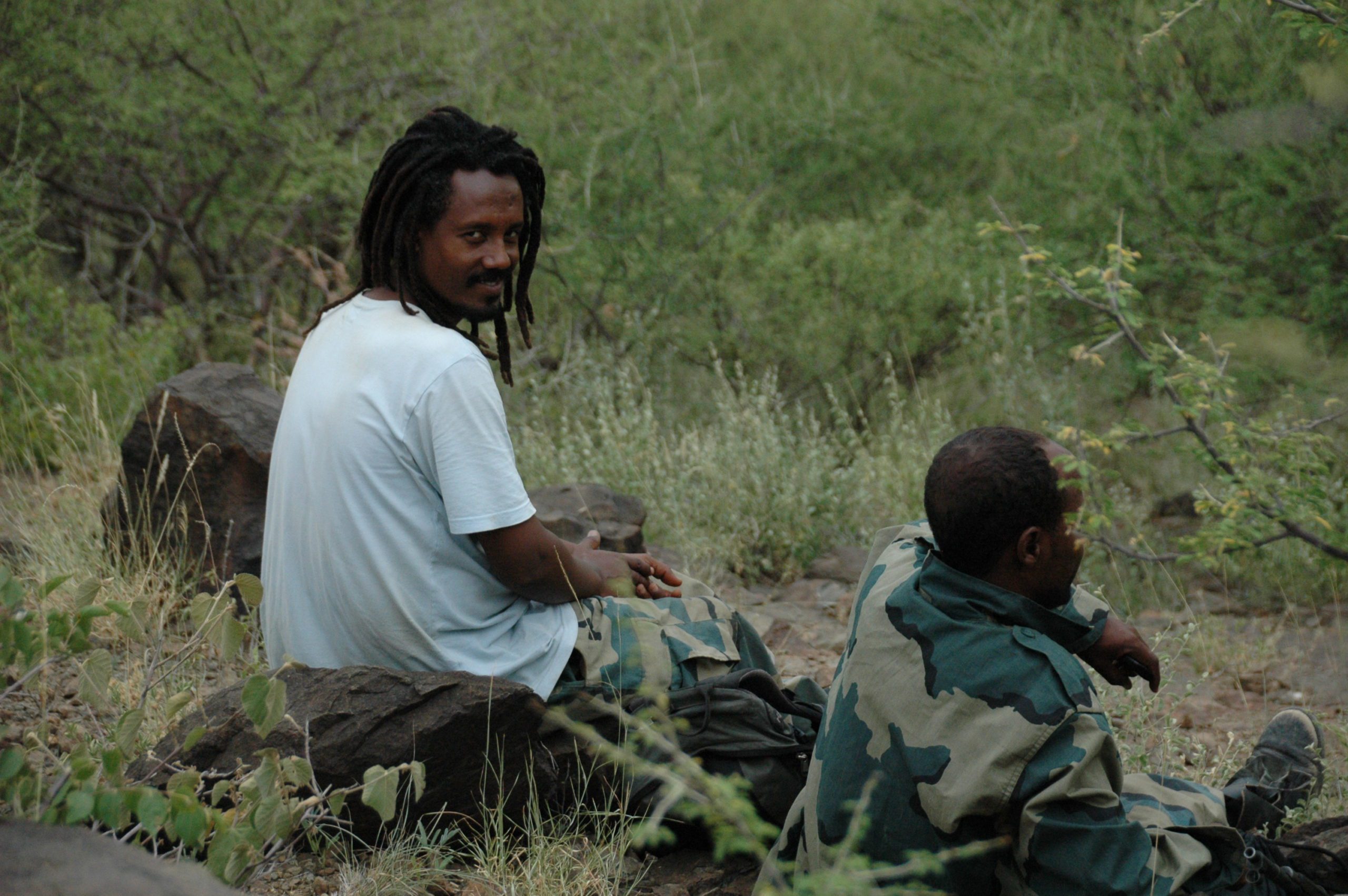
Teklu Tesfaye Abebe
Teklu has been working for the Filoha Hamadryas Project as a long term field research assistant on and off since 2003. He is currently serving as Field Manager for the project. Teklu made the key observations leading to our first reports of infant mortality after takeovers in 2003, and has provided crucial logistical assistance with data and sample collection for the project since then.
Swedell & Tesfaye 2003: https://doi.org/10.1002/ajp.10096
Swedell et al. 2011: https://doi.org/10.1002/ajpa.21504
Henriquez et al. 2021: https://doi.org/10.1002/ajp.23248
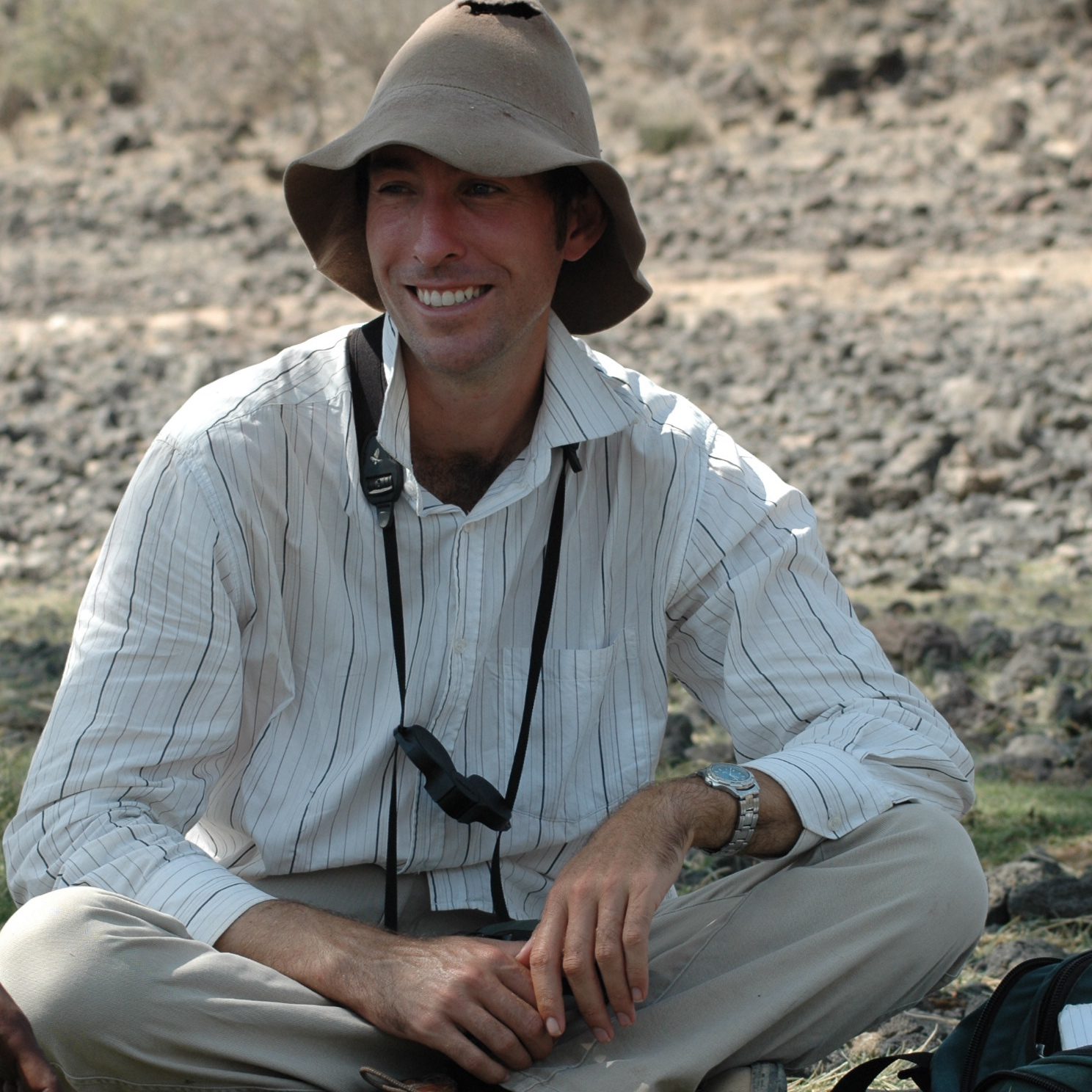
Mathew Pines
PhD, University of New England (Armidale, Australia) 2005
Mat was a postdoctoral associate with the Filoha Hamadryas Project and served as Field Manager for the project from 2007 to 2011. His data collection and analyses focused on the role of follower males in hamadryas society. He also founded and led a local NGO, Save Awash National Park.
Pines & Swedell 2011: https://doi.org/10.1007/s10329-011-0242-x
Pines et al. 2011: https://doi.org/10.1002/ajp.20951
Pines et al. 2015: https://doi.org/10.1002/ajp.22309

Kumara Wakjira Gemeda
MSc, University of Eldoret (Eldoret, Kenya) 2024
Kumara was the Filoha Hamadryas Project’s local counterpart with the Ethiopian Wildlife Conservation Authority (EWCA) in the mid-2000’s, and then went on to become General Manager of EWCA. Kumara’s Masters project focused on the behavioral ecology of Bale monkeys in Bale Mountains National Park in Ethiopia.
Steffen Foerster
PhD, Columbia University 2009
Steffen and I collaborated on a three-year project (2012-2015) focusing on the interrelationships between sociality, stress, parasite load, energy balance, and reproductive output in female chacma baboons in the Tokai section of the Table Mountain National Park in the Cape Peninsula of South Africa. This project aimed to use an experimental approach to assess the proximate mechanisms linking variation in patterns of social bonding to variation in fitness outcomes in baboons. Funded by a grant from the National Science Foundation (grant number 1318176; PI: Larissa Swedell, co-PI: Steve Monfort), this project was also conducted in collaboration with Janine Brown (Smithsonian Conservation Biology Institute) and Colleen Archer (University of KwaZulu-Natal, South Africa).
Habig et al. 2021: https://doi.org/10.1016/j.ijppaw.2021.03.012
Steiniche et al. 2023: https://doi.org/10.1016/j.yhbeh.2023.105354
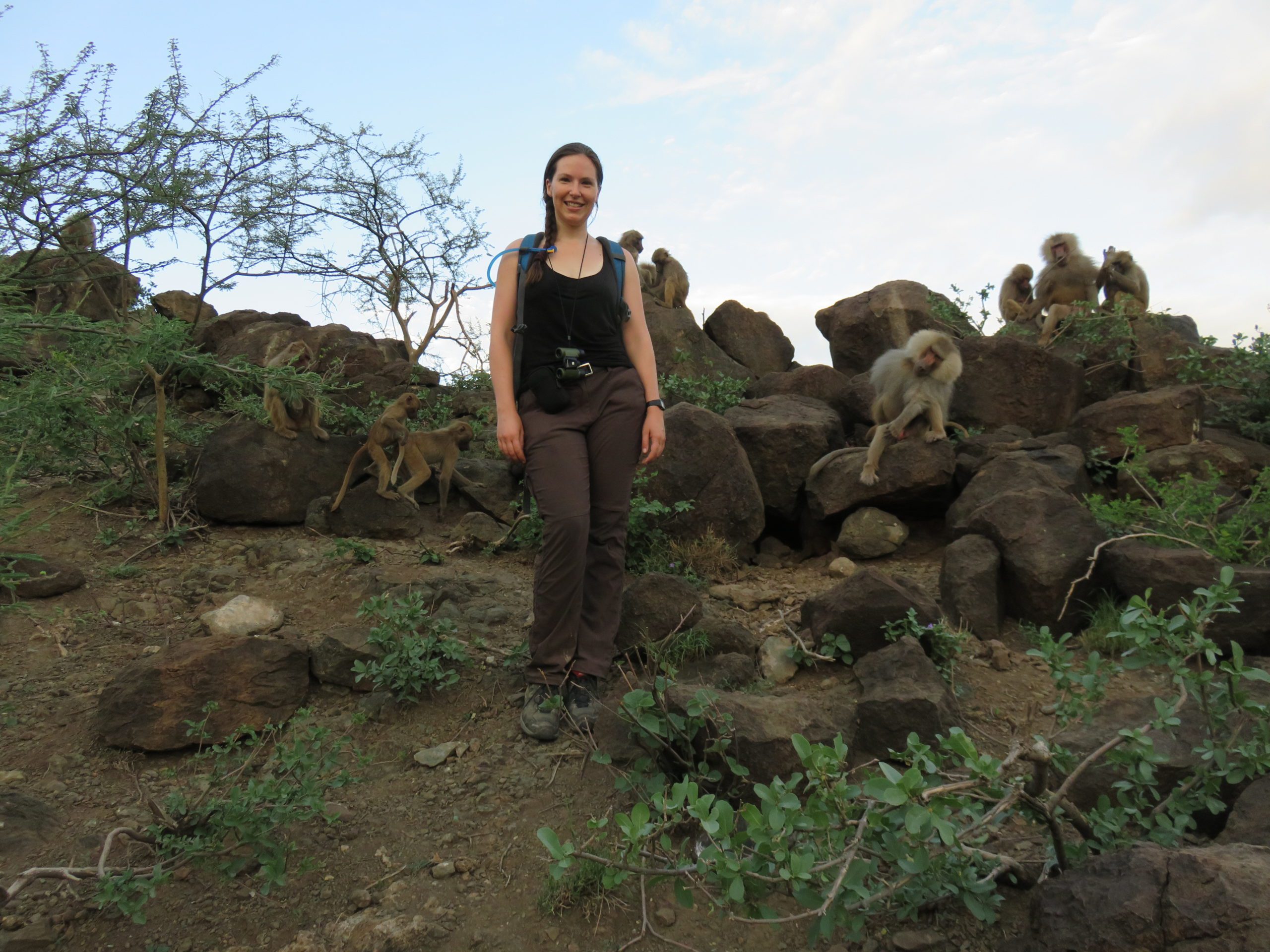
Veronika Staedele
PhD, Max Planck Institute for Evolutionary Anthropology 2016
Veronika’s PhD work, based in Linda Vigilant’s lab in the Department of Primatology at Max Planck, focused on the genetic consequences of the hamadryas multi-level society. Using samples we collected at Filoha over fifteen years, Veronika used state of the art genotyping methods to assess relatedness within and between hamadryas social units.
Staedele et al. 2015: https://doi.org/10.1016/j.jhevol.2014.10.019
Staedele et al. 2016: https://doi.org/10.1002/ajp.22537

